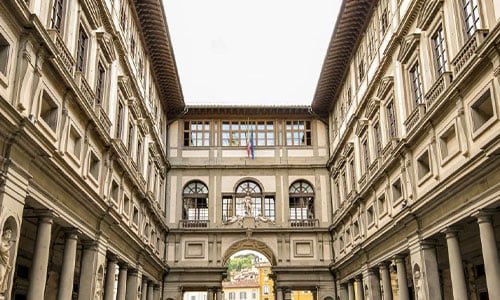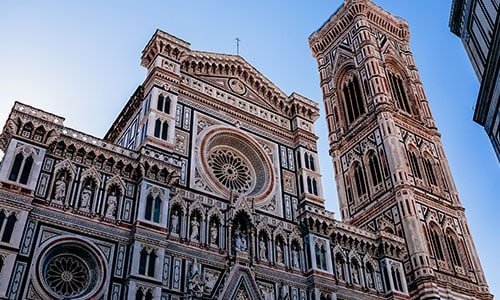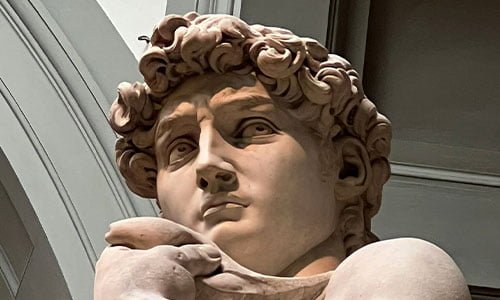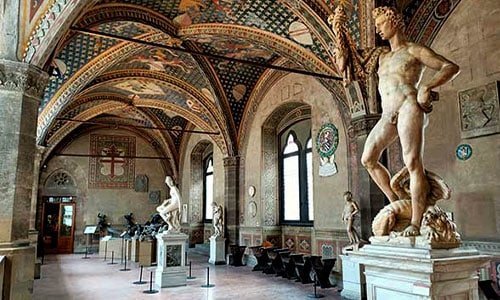The Ponte vecchio bridge (“Old Bridge”) in Florence
The Ponte Vecchio, which translates to ‘the old bridge,’ is the oldest bridge in Florence. Not only does it boast a rich history, but it also holds a hidden secret corridor connecting Palazzo Vecchio and Pitti. Moreover, the bridge is renowned for housing a multitude of jewelers and goldsmiths.
The Ponte Vecchio bridge marks the transition between the historic heart of Florence and the Oltrarno neighborhoods. It is the oldest bridge in the city, with a long and eventful history. Let’s explore its features and curiosities.
Ponte vecchio bridge History
In the 1st century BC, when the Romans established the foundations of the new city of Florentia, they followed their usual pattern of organizing it with the intersection of the decumanus and the cardo (schema del decumano e del cardo maximo) Maximus, the two main roads at right angles.
The cardo maximus extended to the Arno River, where we find Piazza del Pesce today. The need to cross the river led to the construction of Ponte Vecchio, which was situated at one of the narrowest points between the two banks. At that time, the bridge was built with wood, and the piers were planted at an oblique angle to withstand the force of the floodwaters.
In 123 AD, Hadrian reinforced it with masonry, as Florence found itself on the Via Cassia. However, raids by barbarians in the 7th century, floods, and fires eventually led to its destruction.
It was only in 1345 that Taddeo Gaddi designed an entirely new stone bridge with three arches and four crenelated corner towers. They later added balconies with lower arches, which housed stalls for greengrocers, butchers, and fishmongers, taking advantage of the convenience of disposing of the waste directly into the river.
As these commercial activities shifted to the hands of private and wealthy individuals, the area further expanded with protruding buildings or extensions over the river.
In 1565, Cosimo I de’ Medici commissioned Giorgio Vasari to build the famous Vasari Corridor, which connected Palazzo Vecchio, the seat of government, to Palazzo Pitti, the residence of the dukes.
The symmetry of the bridge changed radically, with one side being higher than the other. Goldsmiths and jewelers replaced the previous activities to enhance their appearance, and they still exist today.
WORLD WAR II AND THE Ponte vecchio bridge
In 1938, during the German retreat, the bridges of Florence faced the risk of destruction. However, unlike the other bridges in Florence, Ponte Vecchio Bridge escaped its fate, likely due to an order from Hitler or a fortunate circumstance.
This was probably thanks to the sabotage by a certain Burgasso, a handyman who helped the goldsmiths. Because of his innocent appearance, the Germans allowed him to wander freely. It was through him that they learned of the intention to destroy the bridge, and he reported it to the Italian military, who found the explosive charges.
THE FLOOD OF 1966 IN FLORENCE

4 November 1966 is another fateful date for Florence and beyond. After days of intense rainfall that caused many rivers in the vicinity to overflow and the snow to melt in the mountains, a severe flood struck the city.

Water, mud, and debris submerged Florence. Fortunately, thanks to the courage and tenacity of its inhabitants and volunteers from around the world, the city returned to its splendor quickly.
ARCHITECTURE OF The Ponte vecchio bridge
Despite its name, Ponte Vecchio does not feature semicircular arches typical of the Roman era; instead, it has three lowered arches. Considering past events, this design was chosen as the most suitable to withstand the flooding of the Arno River.
Having more piers would have compromised the bridge’s resistance and facilitated the accumulation of debris carried by the raging waters.
This architectural style is also found in famous bridges, including the Rialto Bridge in Venice.
Ponte Vecchio shops
One can find workshops of goldsmiths and jewelers along the paved street of the Florentine Bridge. These commercial activities have replaced the open porticoes that were present in the past. These traditional shops display windows and unique display cases called “Marielle,” which are closed with rustic wooden doors.
Some shops also have small rooms, built overhanging the river, supported by wooden brackets called “Locatelli,” which give them a precarious appearance…
MONUMENTS AND VIEWS FROM Ponte vecchio bridge
The two panoramic openings in the center of the bridge, overlooking both sides, seem to result from Hitler’s visit to Florence when the Italo-German military alliance still existed.
At this point, the Vasari Corridor displays three large windows instead of the small round ones seen elsewhere. These were constructed for the arrival of Vittorio Emanuele II before the unification of Italy in 1861.
BENVENUTO CELLINI MONUMENT

The second panoramic spot also includes the bronze and marble monument of Benvenuto Cellini. He was one of the greatest Florentine sculptors and goldsmiths of the 1500s, known for his masterpiece “Perseus with the Head of Medusa,” displayed under the Loggia dei Lanza in Piazza della Signoria.
The monument is adorned with a small fountain from which water sprouts, macarons, and shell-shaped basins.
These two panoramic views are undoubtedly some of the best places to admire other bridges in Florence, such as the Ponte alle Grazie on one side and the Ponte Santa Trinita and Ponte alla Carraia on the other.
Ponte Vecchio Bridge features many plaques that commemorate individuals and historical events, with inscriptions narrating episodes from the city’s history. A beautiful tabernacle above number 52 houses the fresco “Madonna with Child and St. John the Baptist,” likely created by Giovanni da San Giovanni in the seventeenth century.
THE MERIDIAN OF THE BRIDGE OF FLORENCE
Often, while walking on Ponte Vecchio Bridge, one can become overwhelmed by the crowd and the many things to see, causing the ancient meridian to go unnoticed. Despite its location, it blends in with the architecture, and one may need to realize that it is, in fact, a sundial.
Located on the roof of a goldsmith‘s shop, right next to the monument of Benvenuto Cellini, this astronomical instrument dates back to 1345. The inscription at the base reminds us that it was placed here to commemorate the flooding of the Arno River in 1333, which led to the bridge’s destruction.
There are two identical copies of this meridian. One is found in the garden of Palazzo Ximenes-Panciatichi in Florence, and the other is in the park of Villa “I Tatti” on the hills towards Fiesole.
In the middle of the column, there is also a carved lizard, symbolizing good luck. Previously, on this pedestal was the statue of St. Zenobius from Piazza San Giovanni, which was swept away by the waters of the Arno. On that occasion, the Roman figure of Mars, previously discovered in the foundations of the Florence Baptistery and placed on the bridge, also disappeared into the waters.
Ponte Vecchio bridge – video
QUESTIONS AND ANSWERS About Ponte Vecchio bridge
Why is the Ponte Vecchio called the Old Bridge?
Ponte Vecchio, known as the Old Bridge due to its status as the oldest bridge in the city, held the distinction of being the sole crossing over the Arno River until 1218. Despite its destruction during the flood of 1345, the bridge was reconstructed and stood firm against various challenges, including the test of World War II.
What is on the other side of Ponte Vecchio?
Oltrarno, the vibrant neighborhood across the Arno River, can be easily reached on foot within a 10-15 minute stroll from Piazza del Duomo, the home of the renowned Florence Cathedral. Cross the iconic Ponte Vecchio, and you’ll find yourself in the heart of Oltrarno.
Ponte Vecchio bridge – Map
BOOK ONLINE
read our blog
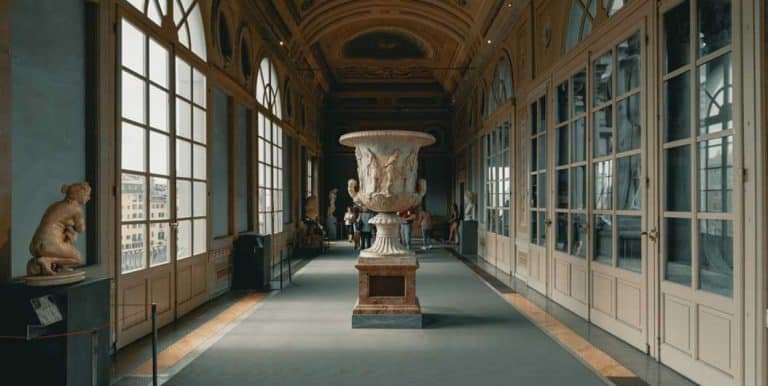
Best way to visit Uffizi Gallery
Best way to visit Uffizi Gallery – valuable tips for visiting the Uffizi Gallery in Florence Visiting the Uffizi Gallery in Florence is a must-do experience in life. Here are our tips for thoroughly enjoying the visit. Giorgio Vasari designed The Uffizi Gallery in the mid-16th century to house Florence’s 13 most essential magistracies, known…
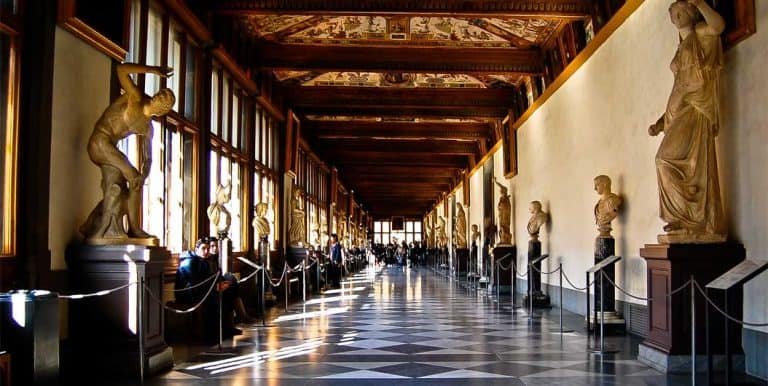
what to see in Florence in one day
what to see in Florence in one day: walking itinerary in the historical center What to see in Florence in one day. Itinerary on foot from Santa Maria Novella to Santa Croce, through the most characteristic neighborhoods of the Tuscan capital. Florence has always been one of my favorite Italian cities of art. Elegant, rich…
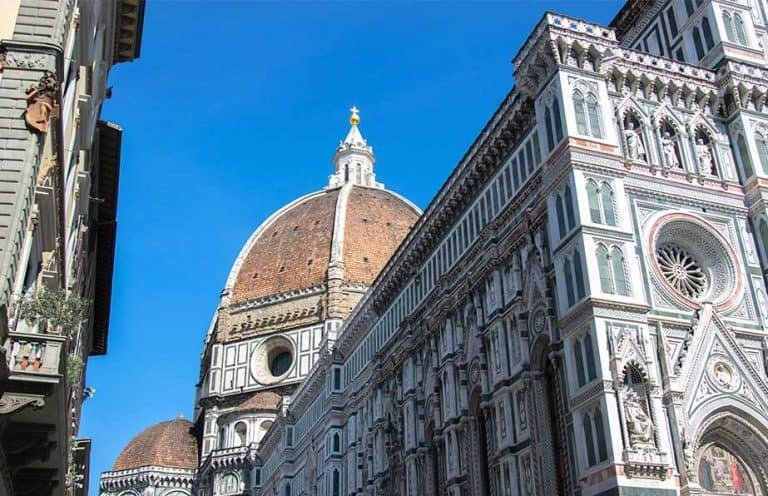
Florence’s Duomo has an ox’s head that no one noticed
Many beautiful sculptures decorate the façade as well as the sides of the world-renowned Cathedral of Santa Maria del Fiore in Florence, but they are often overlooked, particularly when viewed through a quick, unfocused glance. Booking.com One particular sculpture, which is likely to be not noticed by the majority of people, appears to be unnatural…
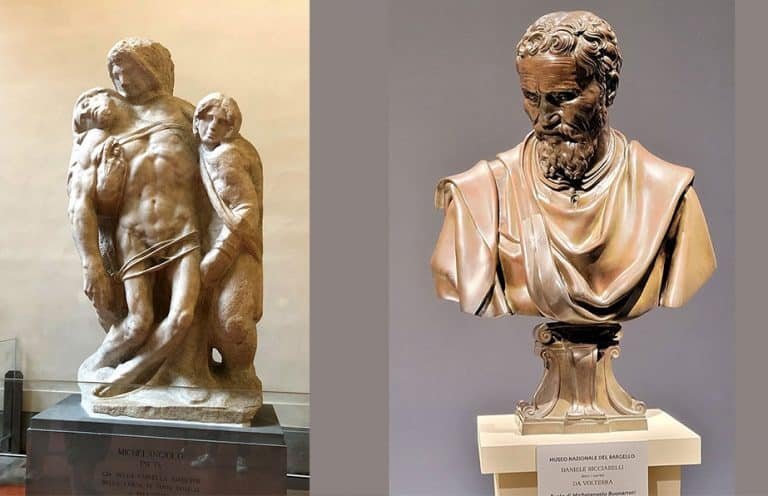
The Secret Room of Michelangelo
Secret Room of Michelangelo remained hidden for centuries until it was discovered by chance in 1975. Beneath the Medici Chapels in the Basilica of San Lorenzo in Florence, a tiny room was found that is believed to have been Michelangelo’s hiding place for a short period in 1530. In the room where he was seated, Michelangelo…
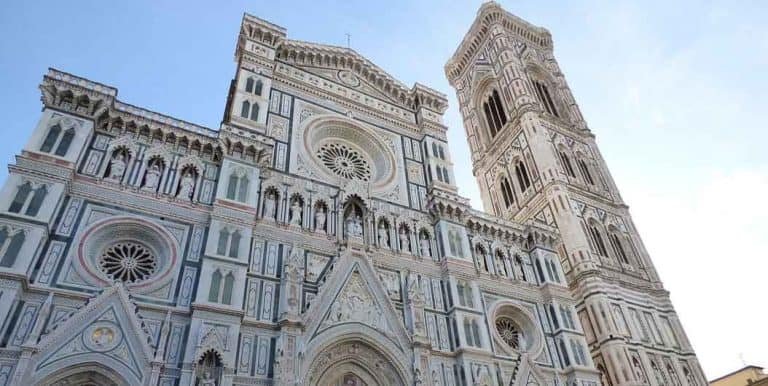
The Cathedral of Florence is one of the wonders of Italy
The Cathedral of Florence, or Santa Maria del Fiore, is the third-largest church in the world, following St. Peter’s in Rome and St. Paul’s in London.
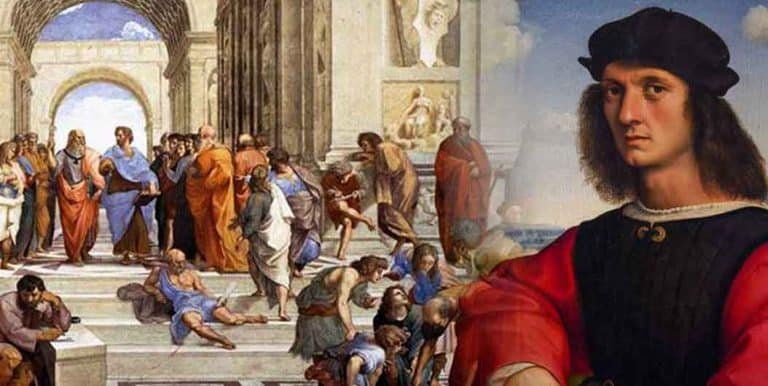
A Raphael-inspired Florence
In the autumn of 1504 in the year 1504, young Raffaello Sanzio took the back of a mule and began to make his way along the mountainous roads that led to Urbino.
Ponte Vecchio bridge photos





